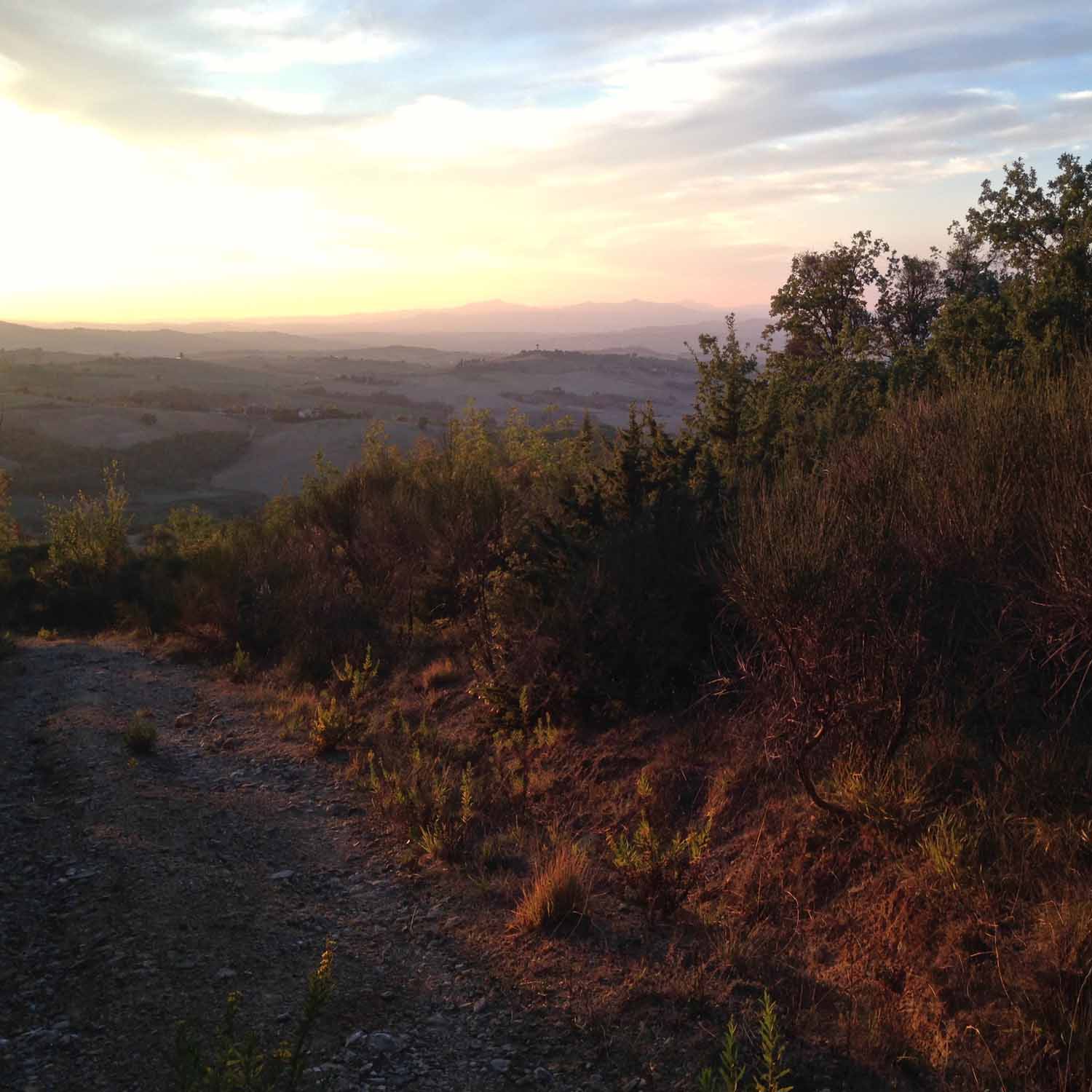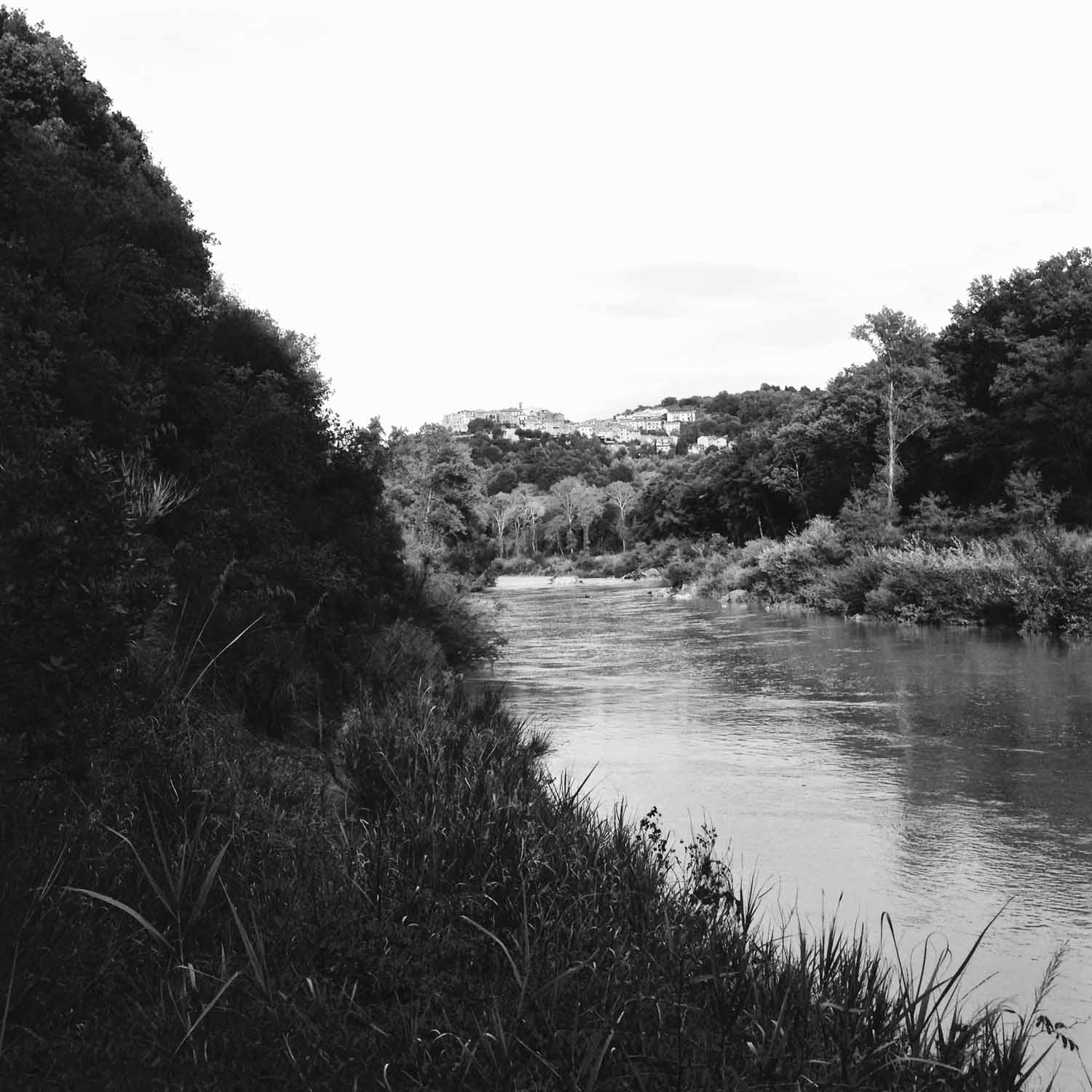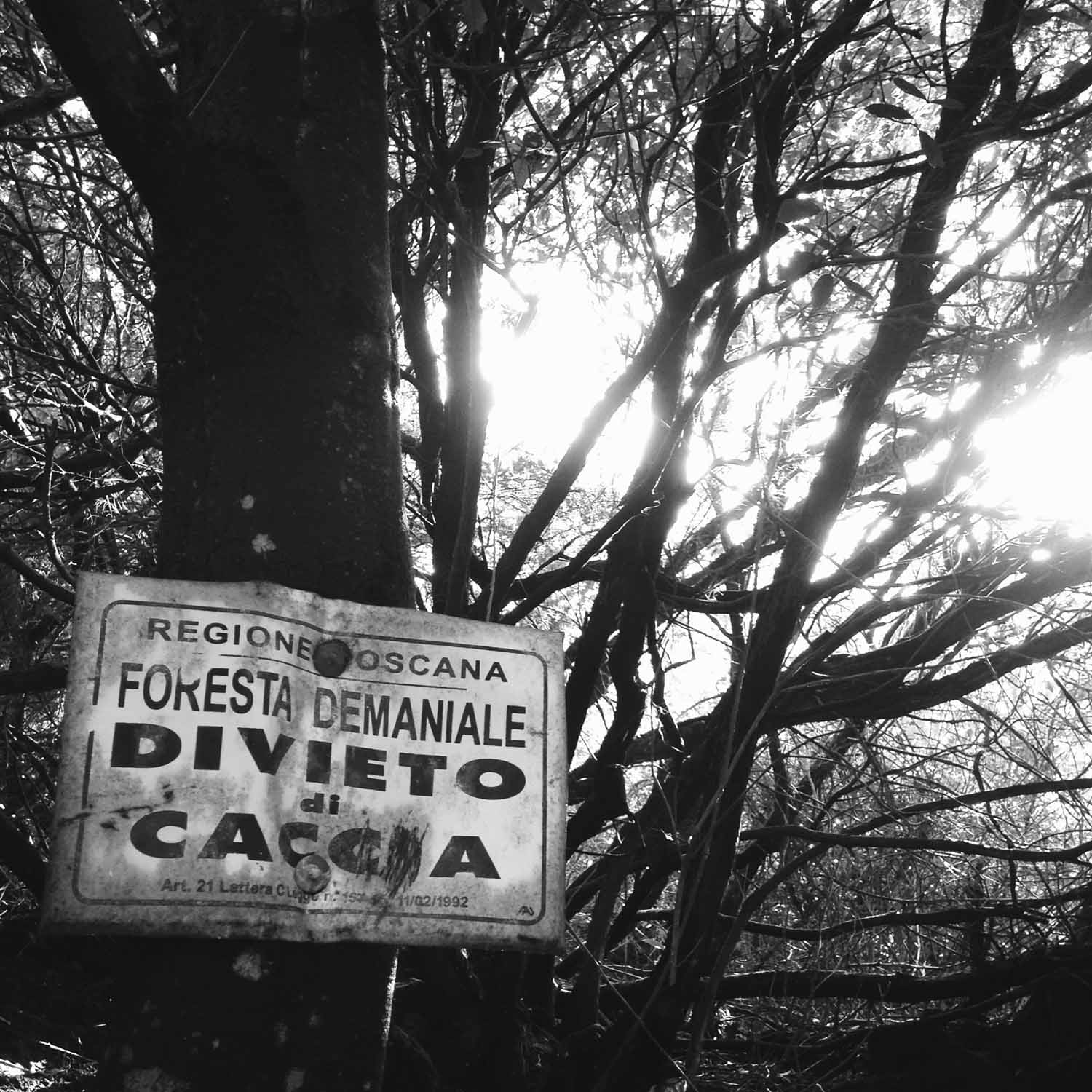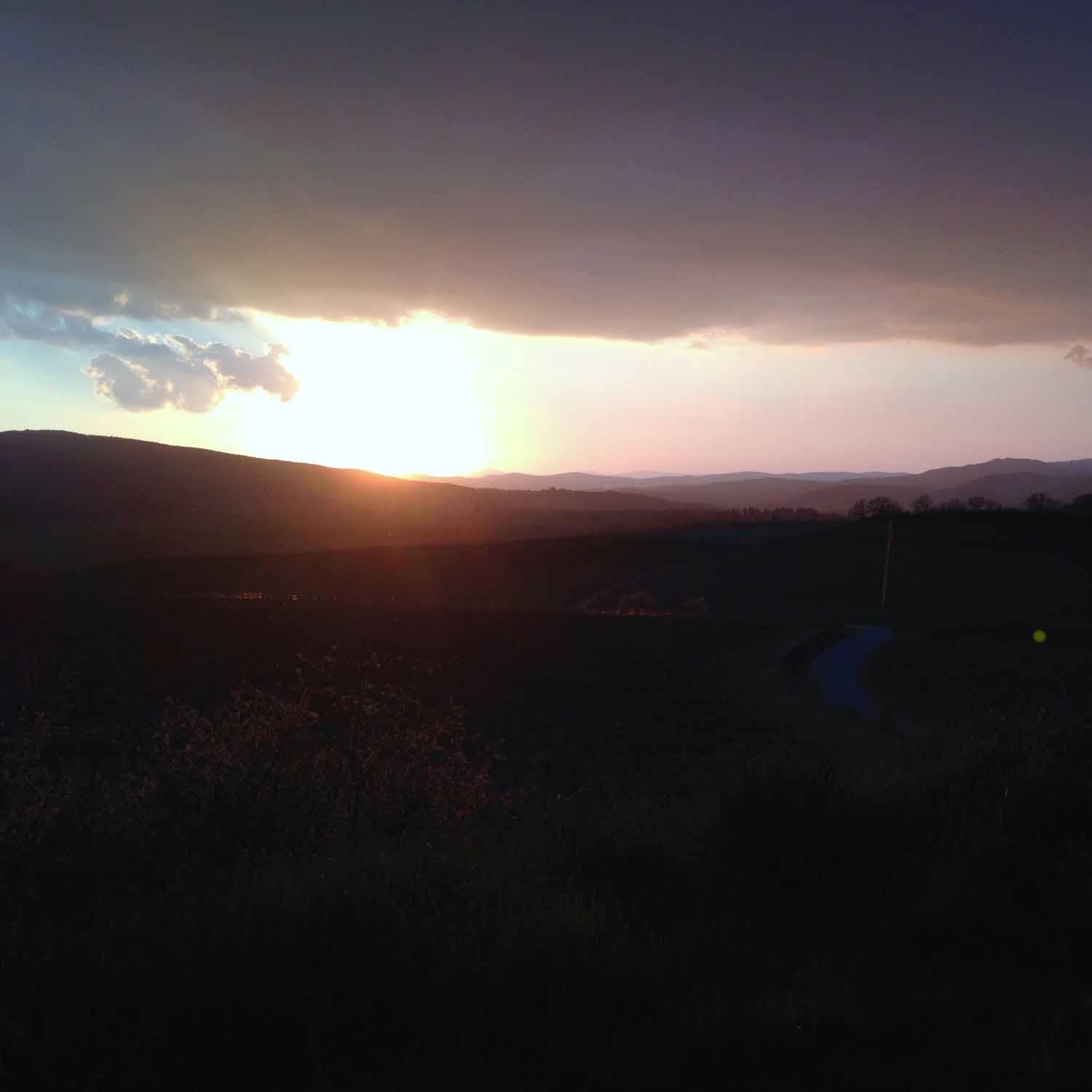A Theory of Walking (Part 1)
by Rudston Steward
here are many modes of walking. One of my favourites is walking in uncertainty: no GPS, no cellphone, no maps.
Navigating in the wild through terrain that is not way-marked requires a kind of sixth sense. A receptive state of mind, neither subconscious nor wholly conscious, which immerses you in your landscape. There are always signs, nature’s myriad little indicators, broadcast about the countryside to guide your passage. But your radar must be tuned in. And our radars are susceptible to rational and emotive interference: we veer off course, misinterpret, get lost. Walking in optimal uncertainty is a fragile and fine art.
It’s been a dry, hot summer in Tuscany, drier and hotter than any I can remember. The farmlands suffered: entire fields of wheat never sprouted; grapes were harvested early; the olive crop is looking grim. And then last week, the rains came: steady, sustained, soothing. In just a few days the countryside turned green, an emerald tide unleashed from the sky, swamping the parched fields with velvet green fuzz.
The Ombrone River reanimated. Normally a major waterway, it had been reduced to an anemic algae-throttled trickle of yellowish sludge by the end of August. But within two days it was flowing freely again, flushing out the flotsam along its flanks. And the animals emerged, as if conjured from the drought-stricken land by the river’s wet whispering.
I wanted to see the river, to celebrate its rebirth. So I walked across the muddy fields to the river’s bank and turned east along it, towards the town of Sasso d’Ombrone — into a riverine wilderness I’d not explored before. There was no path; no GPS, cellphone, or map.
WALKING IN OPTIMAL UNCERTAINTY IS A FRAGILE AND FINE ART
I came upon a badger eating blackberries, on its hind legs, reaching up into the brambles with its snout. Seven cormorants then glided overhead, wings whistling, crests slicked back like glossy caps. A baby boar was sleeping under a bush — it startled upright, then scrambled off, grumbling. A grey heron settled into a tree, flapping its wings like a pair of feathered bellows, while in the shallows below a nutria waded unperturbed. Two roe deer barked, cajoling uphill. And lastly — as if to cap the wild symphony — a turquoise bolt exploded from the bank beneath my feet. It streaked across the water like a bright blue bullet: kingfisher.
I had absolutely no idea where I was, it would be night soon. Set upon by uncertainty I picked my way through brambles and lentisk, up a steep slope. At the top the undergrowth thinned, I entered a forest of holm oak, it shimmered overhead. As darkness fell I emerged onto a gravel track, snaking away luminous white through the pewter woods. The track eventually led to a clearing, and a junction: to the right the moon was rising over the Monte Amiata. To the left: home.
At optimal levels of uncertainty you no longer need a map, you read the landscape instead. You plug into its stealthy signs, hardwired to nature’s myriad little indicators. You become the map, ingesting its contours, enacting its topographical knowledge with your uncertain sure-footed footfall.







